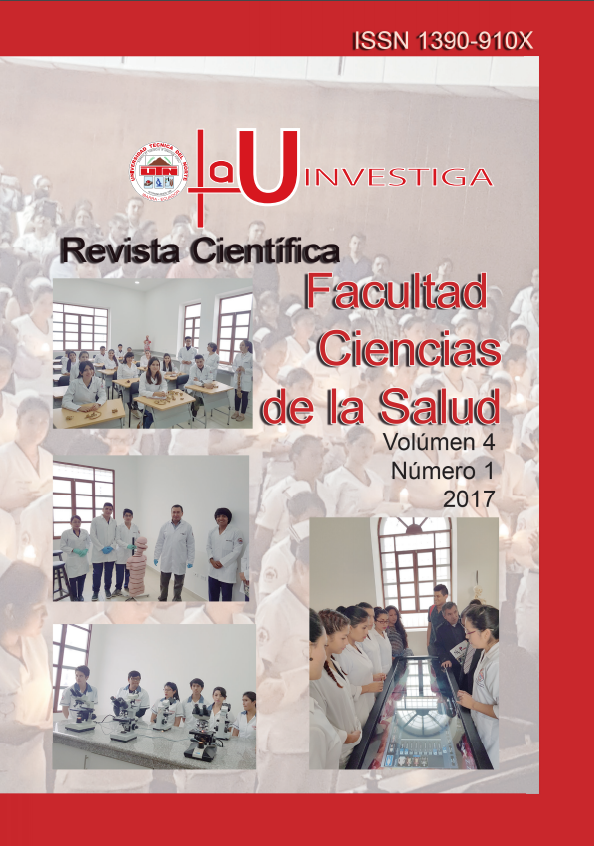Tumor Seudopapilar Sólido Quístico del Páncreas
Solid Pseudopapillary Tumour of the Pancreas
Palabras clave:
Tumor seudo-papilar sólido quístico, Páncreas, PancreatectomíaResumen
Objetivo: El objetivo del presente reporte de caso, es actualizar la evidencia médica sobre las lesiones quísticas del páncreas para ser tomadas en cuenta en el diagnóstico diferencial de las masas epigástricas y planificar de manera efectiva su diagnóstico y tratamiento. Las lesiones quísticas de páncreas comprenden una variedad de patologías que pueden agruparse en inflamatorias, congénitas y neoplásicas.
Metodología: analizar las características clínicas, imagenológicas y analíticas sanguíneas que llevaron al diagnóstico preoperatorio de tumor quístico benigno del páncreas el subsiguiente procedimiento quirúrgico realizado, así como el resultado histopatológico y la evolución posoperatoria a corto y mediano plazo.
Resultados. Se presenta el caso de una paciente de 21 años de edad, que consulta por dolor en epigastrio y masa palpable, se realiza una Ecosonografía y Tomografía Axial Computarizada detectándose una tumoración quística dependiente del páncreas, los marcadores tumorales fueron negativos para malignidad por lo que se realiza una pancreatectomía distal con esplenectomía, el histopatológico reporta un “Tumor seudopapilar sólido quístico del páncreas”. La evolución fue favorable y el control se lo realiza hasta los seis meses, la evolución es satisfactoria y recuperación total.
Conclusión: El tumor seudopapilar sólido quístico de páncreas es una neoplasia poco frecuente que requiere de estudios preoperatorios para descartar su malignidad, su tratamiento quirúrgico es la resección y los resultados son satisfactorios. El estudio histopatológico define la conducta a seguir.
Descargas
Descargas
Publicado
Cómo citar
Número
Sección
Licencia
Derechos de autor 2017 Jesús Chicaiza, Alejandra Chicaiza, Diana Chicaiza, Graciela Quishpe, Miriam Fernández, Carmen Cevallos

Esta obra está bajo una licencia internacional Creative Commons Atribución-NoComercial 4.0.
Los autores conservan los derechos de autor y garantizan a la revista el derecho de ser la primera publicación del trabajo al igual que licenciado bajo una Creative Commons Reconocimiento-NoComercial-CompartirIgual 4.0 Internacional License que permite a otros compartir el trabajo con un reconocimiento de la autoría del trabajo y la publicación inicial en esta revista. Los autores pueden establecer por separado acuerdos adicionales para la distribución no exclusiva de la versión de la obra publicada en la revista (por ejemplo, situarlo en un repositorio institucional o publicarlo en un libro), con un reconocimiento de su publicación inicial en esta revista.

La U Investiga by La U Investiga is licensed under a Creative Commons Reconocimiento-NoComercial-CompartirIgual 4.0 Internacional License.
Puede hallar permisos más allá de los concedidos con esta licencia en http://revistasojs.utn.edu.ec/index.php/lauinvestiga/index





